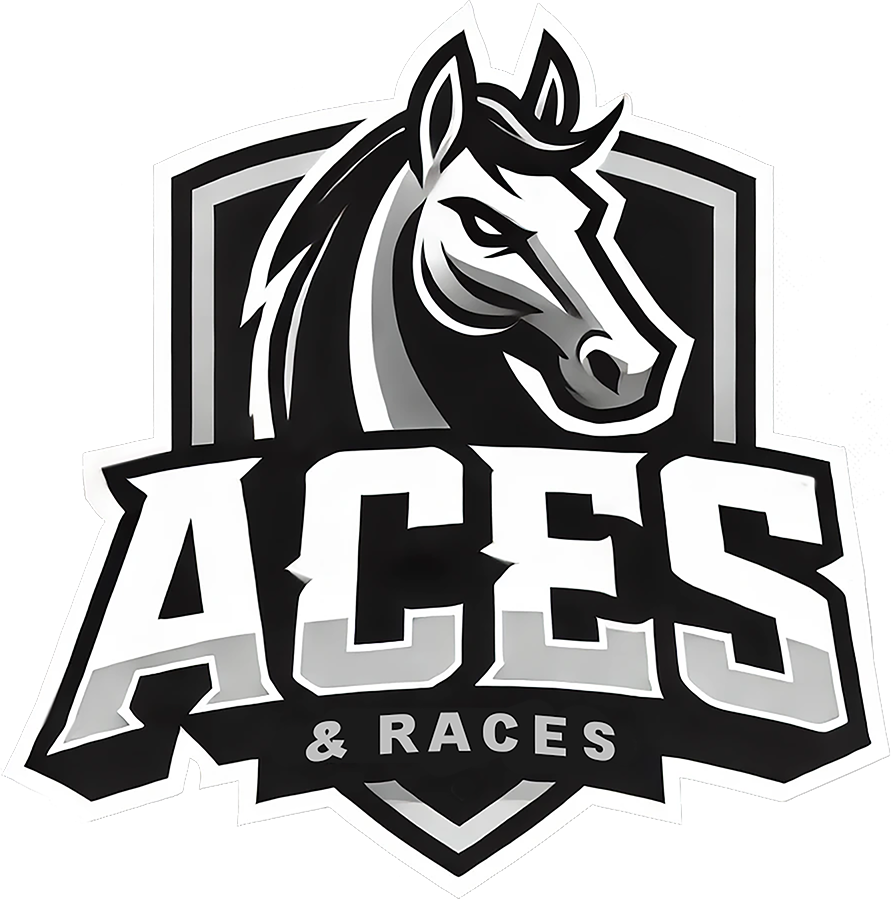Horse Racing Lingo: AU Edition 🇦🇺🦘
Horse Racing Lingo: AU Edition 🇦🇺🦘
Horse racing isn’t just a sport—it’s a world with its own language. Whether you’re a seasoned fan or a newcomer, understanding these terms can help you navigate the action like a pro.
The Basics: Horse Ages and Milestones
• Age of Horse: Every racehorse celebrates its birthday on January 1 in the Northern Hemisphere (U.S., Canada). In the Southern Hemisphere (Australia, New Zealand), it’s August 1.
• Yearling: A horse between one and two years old—prime time for sales.
• Colt: A young male horse (2-3 years old) that hasn’t been gelded.
• Filly: A young female horse, three years old or younger.
• Mare: A female horse aged four or older.
• Stallion: An uncastrated male horse, often used for breeding.
Talk on the Track
• Barriers: The starting gates from which horses leap at race time.
• Birdcage: Where horses are paraded before the race—or, on big race days, where celebrities gather.
• Blinkers: Gear used to block a horse’s side vision, keeping them focused.
• Checked: When a horse is interfered with during a race.
• Rails: The fence marking the inside boundary of the track—and the best spot for bettors.
Betting Buzzwords
• Bookmaker: The person or company that takes your bets.
• Blows: When a horse’s odds increase (e.g., from 3/1 to 5/1).
• Plunge: A sudden wave of bets on a specific horse, usually close to race time.
• Roughie: A long-shot horse with low odds but a big payout if it wins.
• On the Nose: Betting on a horse to win only.
Race Descriptions
• Front Runner: A horse that takes the lead early.
• Swooper: A horse that charges from the back of the field in the final stretch.
• Stayer: A horse that excels in long-distance races.
• Dead Heat: A tie between two or more horses at the finish line.
What You’ll Hear in the Stands
• Bagman: The bookmaker’s assistant who handles payouts.
• Coat-Tugger: Someone offering you a “hot tip” in exchange for a share of your winnings.
• Mug Punter: A gambler who consistently makes bad bets.
Track Conditions
• Good Track: The optimal racing surface—firm but not hard.
• Heavy Track: A rain-soaked, muddy surface that slows the race.
• Fast Track: The firmest surface, perfect for speedsters.
Moments of the Race
• Correct Weight: The official signal that all jockeys have weighed in properly, and bets can be paid.
• Knuckled: When a horse stumbles out of the gate, often losing ground.
• Pig Root: When a horse bucks unexpectedly—disastrous for race outcomes.
Inside Tips & Betting Lingo
• Late Mail: Last-minute betting advice based on updated conditions and rumors.
• Unders: Betting on a horse at odds that are too low for its chances of winning.
• Write Your Own Ticket: Refers to a long-shot horse so unlikely to win that bookies will give you any odds you ask.
Odds and Margins
• Length: The distance from a horse’s nose to tail (used to describe winning margins).
• Nose: The smallest possible winning margin.
• Neck: Slightly larger than a nose but still a tight win.
Equine Parenting
• Dam: A horse’s mother.
• Sire: A horse’s father.
• In Foal: A pregnant mare.
Now that you’re armed with the language of the track, you’ll fit right in whether you’re betting at Churchill Downs or just enjoying a day at your local racecourse. Remember, every term tells a story, so keep your ears open for the chatter—it’s all part of the fun!
